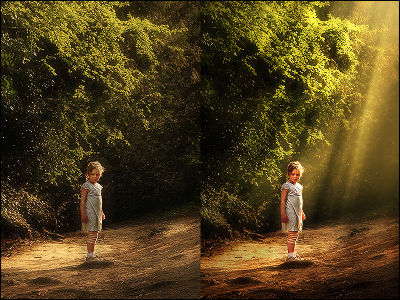'Content Authenticity Initiative' to prevent fake news by including information such as edit history, edit date, creator etc. in Photoshop will be implemented in Photoshop

Fake news using composite photographs that are available on the Internet has become a major problem as it promotes misunderstandings and prejudices. Therefore, Adobe is trying to include information such as how the photograph was edited and synthesized and who created it in the photograph under the new digital standard ' Content Authenticity Initiative '.
The Content Authenticity Initiative unveils content attribution tool within Photoshop and Behance
https://blog.adobe.com/en/2020/10/20/content-authenticity-initiative-unveils-content-attribution-tool-within-photoshop-behance.html
You can see what the Content Authenticity Initiative looks like by watching the movie below.
Adobe Content Authenticity Initiative: Providing Transparency & Trust-YouTube
The Internet is a great tool for connecting people, while 'wrong information' breaks people apart.

Therefore, Adobe has created a new digital standard, the Content Authenticity Initiative, to prevent the spread of false information.
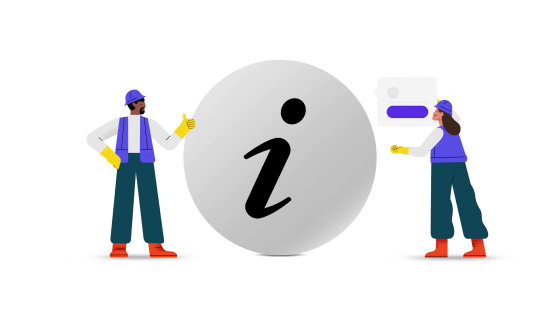
Based on this digital standard, Adobe's new features in Photoshop and Behance allow you to: For example, a journalist takes a picture ...

When editing with Photoshop, important elements such as 'who took the picture', 'who was the photographer', 'when the picture was taken', and 'editing history' are attached to the photo.

On the Internet, photos can be processed by various people, but ...
It is said that such a history will be included in the photo.
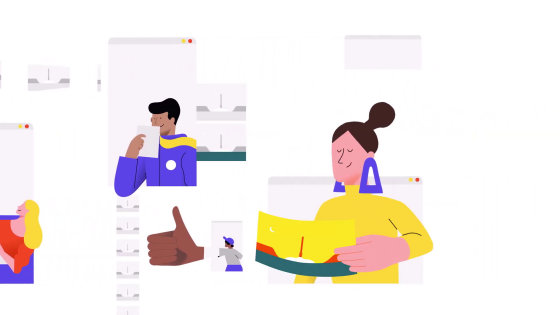
Everyone can see the process of what was edited and how.

Adobe will first apply the Content Authenticity Initiative to photos, but plans to apply it to all content editing tools, including music and videos.

It's a very ambitious attempt, but the goal is as simple as 'preventing misunderstandings.' It is about increasing the reliability of information, avoiding division of people, and connecting people.
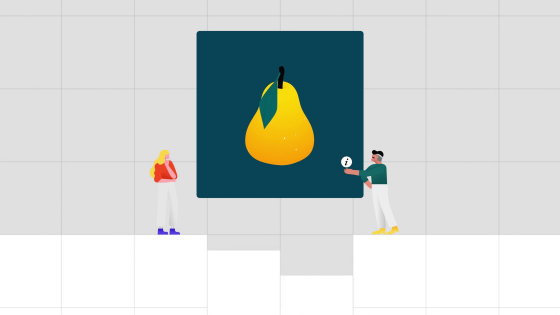
Adobe explained that it's an attempt to make the Internet a place where people can connect with great ideas, not a place full of doubt and uncertainty.

The Content Authenticity Initiative has already been implemented in the beta version of Photoshop, and the screen looks like the following. You can see at a glance which image was used for compositing, what the author and editing tools were, and what kind of processing was added.

It was also announced at Adobe MAX in 2019 that Adobe is developing a technology to display edited parts in a heat map.
Adobe MAX 'SNEAKS' summary that may be implemented in Photoshop and Illustrator, such as 'technology to change the direction of light after shooting' and 'technology to synthesize people in an instant' --GIGAZINE
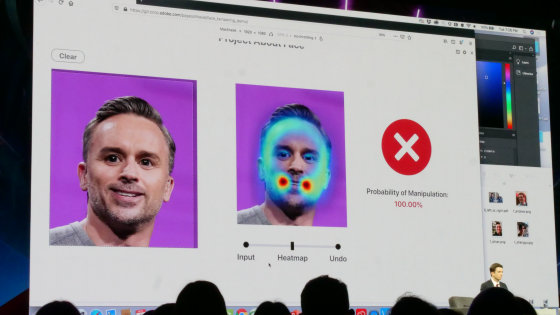
Related Posts:




